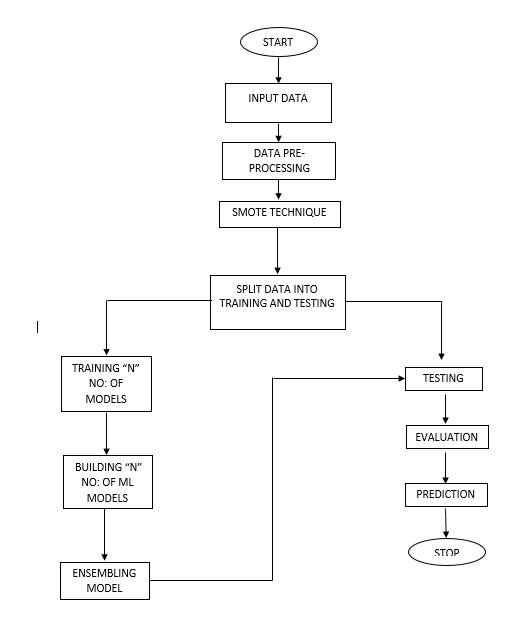A Novel Ensemble Learning Paradigm of Medical Diagnosis with Imbalanced Data
Objective
The main objective of this application is to investigate a specific problem of whether it is valuable or not to use machine learning techniques for the medical diagnosis.
Abstract
With the help of machine learning (ML) techniques, the possible errors made by the pathologists and physicians, such as those caused by inexperience, fatigue, stress and so on can be avoided, and the medical data can be examined in a shorter time and in a more detailed manner. However, while the conventional ML techniques, such as classification, achieved excellent performance in classification accuracy when applied in medical diagnoses, they have a fatal shortcoming of poor performance since the imbalanced dataset, especially for the detection of the minority category. To tackle the shortcomings of conventional classification approaches, this study proposes a novel ensemble learning paradigm for medical diagnosis with imbalanced data, which consists of three phases: data pre-processing, training base classifier and final ensemble. In the first data pre-processing phase, we introduce the Synthetic Minority Oversampling Technique (SMOTE), which is used to synthesize the minority sample and thereby balance the input instances, to perform well in the process of classification. In the classification phase, we introduce ensemble support vector machine (ESVM) classification technique, which were constructed by multiple diversity structures of SVM classifiers and thus has the advantages of strong generalization performance and classification precision. Additionally, in the last phase of the final ensemble strategy, we introduce the weighted majority voting strategy and introduce Voting Classifier to optimize the weight vector and thereby enhance the overall classification performance. The efficiency of our proposed ensemble learning method was tested on nine imbalanced medical datasets and the experimental results clearly indicate that the proposed ensemble learning paradigm outperforms other state-of-the-art classification models. Promisingly, our proposed ensemble learning paradigm can effectively facilitate medical decision making for physicians.
KEYWORDS: Support vector machine; imbalanced data; ensemble learning; medical diagnosis
NOTE: Without the concern of our team, please don't submit to the college. This Abstract varies based on student requirements.
Block Diagram

Specifications
HARDWARE SPECIFICATIONS:
- Processor- I3/Intel Processor
- RAM- 4GB (min)
- Hard Disk- 128 GB
- Key Board-Standard Window
- Keyboard. Mouse-Two or Three Button Mouse.
- Monitor-Any.
SOFTWARE SPECIFICATIONS:
- Operating System: Windows 7+
- Technology: Python 3.6+
- IDE: PyCharm IDE
- Libraries Used: Pandas, NumPy, Scikit-Learn, Matplotlib.
Learning Outcomes
- Importance of PyCharm IDE.
- How ensemble models works.
- Process of debugging a code.
- The problem with imbalanced dataset.
- Benefits of SMOTE technique.
- Input and Output modules
- How test the project based on user inputs and observe the output
- Project Development Skills:
- Problem analyzing skills.
- Problem solving skills.
- Creativity and imaginary skills.
- Programming skills.
- Deployment.
- Testing skills.
- Debugging skills.
- Project presentation skills.
- Thesis writing skills.





 Paper Publishing
Paper Publishing
